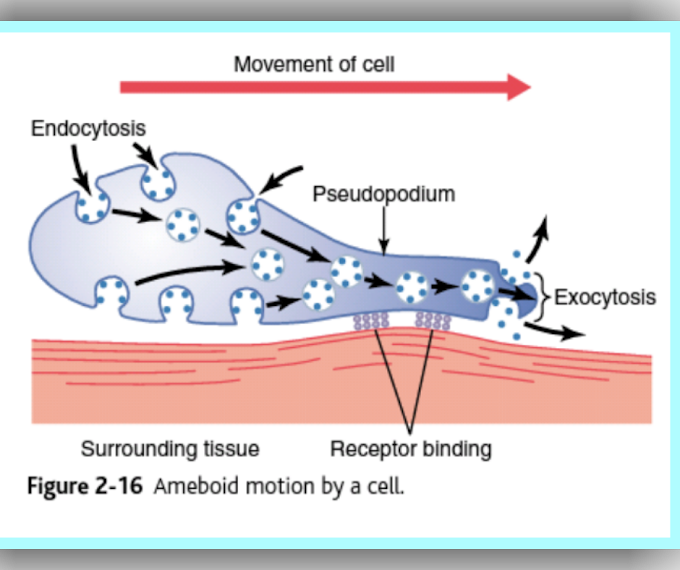Electric_L: The current of this electric balm fish is 860 volts
Leticia Mori
BBC Brazil
July 26, 2020
(Electrophores Voltae, photo source LEANDRO SOUSA)
, Photo caption
Electrophoresis voltaic is one of two new species of balm discovered in the Amazon.
Brazilian scientist Carlos David de Santa had to be extremely careful when descending into rivers and streams while obtaining samples of the Amazon's eel or balm for scientific research.
Even though they were always wearing rubber gloves, there were some shocks.
But to his advantage, during his five years of research, he discovered two new species of electric balm or electric L. One of them has a power of 860 volts which is the most powerful in any living thing.
The previous record for electric fish was 650 volts.
#Defense and #Hunting
A scientist at the Smithsonian Institution's National Museum of Natural History in Washington, D.C., has published an article in Nature Communications about the discovery.
Fish live in South America and can grow up to 2.5 meters in length. There are about 250 fish that generate electricity, which is a light current generator. These currents are used by them to find their way and communicate with each other.
Puraq is the only fish that can generate a very strong current and use it to defend and hunt. This electricity is generated from the three organs in his body.
Santa and Puraq, photo source DOUGLAS BASTOS
, Photo caption
Carlos David de Santana was struck by lightning while grabbing Puraq
Until now, it was thought that there was only one type of purak, called electrophores electric, and that was mentioned in 1766 by the Swedish naturalist Carl Linnaeus.
But now two new species have been discovered. They can be distinguished based on the strength of the current they emit and their DNA.
"After 250 years, the discovery of two new species can give a good idea of the biodiversity in the Amazon," says Santana.
"And we know very little about the diversity of organisms, not just the Amazon, but the whole world." And we have very little knowledge of these species.
"It would be a huge loss if we did not save it from destruction," he said.
Research on this biodiversity is essential. "Many of the drugs we make on a commercial scale have been discovered as a result of research on these species. Each of these is a genetic treasure.
The electricity emitted from the electrophoresis voltage is four times that of domestic electricity of 220 volts.
A shock
Speaking to the BBC, Santana said that although the electrophoresis can cause an electric shock equal to 860 volts, which is four times the power of 220 volts in homes, it is not fatal to humans because The current flow is reduced.
Man cannot die from it. In this competition, the electricity of the houses is constant.
Santana says that after one or two seconds, the current in the electrophoresis voltaic stops flowing and it needs to be recharged. He himself has been electrocuted more than once.
"Of course it hurts," he says. You feel a kind of muscle spasm. '
But if you are surrounded by these fish in the river, then the situation can be serious.
Santana says that when a fish emits an electric current, it does so in such a way that the human heart can stop working.
"But I have never heard of such a thing."
Contrary to popular belief, this species is not solitary and can live in groups of up to 10 fish.
Electrophores Beyond, image source FERNANDO JEREP
, Photo caption
Another newly discovered species is electrophoresis
The Electrophores Voltae is named after Alessandro Voltae, the inventor and physicist of the electric battery.
The newly discovered second species, the electrophoresis variegated, is credited with paying tribute to Richard P. Verry, a biologist and Smithsonian researcher who died in 2016.
Although these newly discovered species of fish are not in danger of extinction, their species may be in danger of extinction due to the environmental conditions in the Amazon.






0 Comments